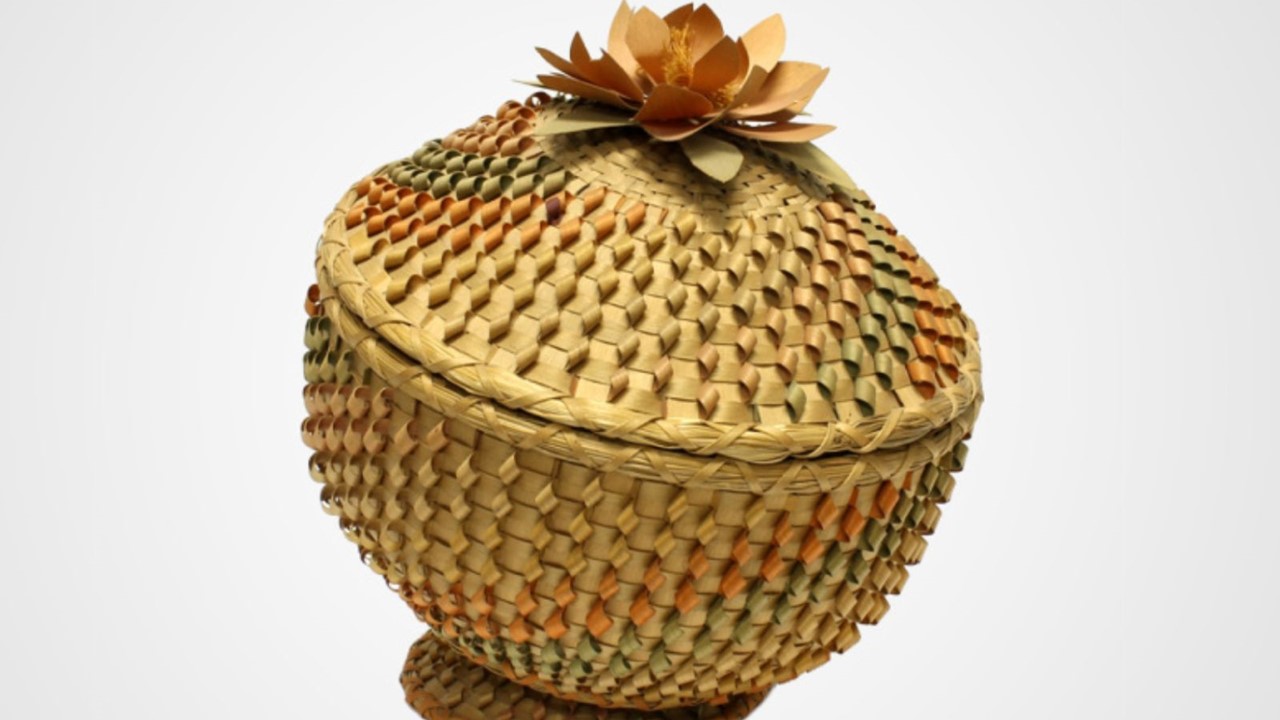Preserving «W8banaki Basketry» : Combining Aboriginal Knowledge and Wood Science!
The work of Laurence Boudreault, a doctoral student under Alexis Achim‘s and Maude Flamand-Hubert‘s supervision, is featured in the University Laval news! Her research, entitled « Physical and mechanical properties influencing the suitability of black ash wood for W8banaki basketry», highlights the importance of these characteristics for traditional basket making. The best black ash trees for basketry have growth rings of high density and narrow or intermediate width”, she concludes. This study is part of an innovative approach that combines traditional and scientific knowledge.
Congratulations, Laurence, on this remarkable achievement! Your work illustrates not only the excellence of your research project, but also the significant impact it can have on preserving and enhancing traditional craft techniques.

For more details, read the article of Jean Hamann: « l’avenir de la vannerie abenaquise!»
Aboriginal knowledge and wood science are joining forces to promote the growth of black ash trees, essential for making traditional baskets. The emerald ash borer, a devastating insect that arrived in Quebec in 2008, is threatening this practice. Black ash, scarce and vulnerable, is crucial to First Nations.
Laurence Boudreault, a student and researcher in forest sciences at Laval University, explains: «Black ash is the best tree for traditional basketry thanks to its flexible and resistant properties». She published her findings in the Canadian Journal of Forest Research.
In 2018, the W8banaki Nation Tribal Council approached Professor Alexis Achim to study black ash. The project combines traditional W8banakiak knowledge with wood science.
Less than 20% of black ash trees are suitable for basketry. The W8banakiak men select the trees and prepare the splints that the women use for the baskets. In 2020, a team from Laval University and Odanak harvested 11 black ash trees in Lotbinière and the Eastern Townships, and evaluated them for quality. Laurence Boudreault analyzed these trees at Laval University’s Renewable Materials Research Centre. Among all the variables measured, two emerged as particularly significant, namely the width and density of annual rings. «The best black ash trees for basketry have growth rings with high density and narrow or intermediate widths», says Laurence. These results provide crucial information for W8banaki basketry artisans, who want to ensure that future generations have access to healthy, quality black ash for basketry.

After cutting, the black ash is beaten with the back of an axe to separate the annual growth rings. The resulting strips are both malleable and strong, making them an ideal material for weaving baskets- LAURENCE BOUDREAULT

This delicately crafted circular basket is made from black ash strips, fibers and sweetgrass. Its lid is decorated with a black ash flower. Both basket and lid are adorned with« k8wis” (pronounced « kanwiss”), meaning « thorn motifs » – ABENAKIS MUSEUM.
The authors of the study , published in the Canadian Journal of Forest Research, are Laurence Boudreault, Catherine Chagnon, Maude Flamand-Hubert and Alexis Achim of Université Laval, and Luc Gauthier Nolett, Michel Durand-Nolett and Danny Gill of the Odanak Land and Environment Office.

